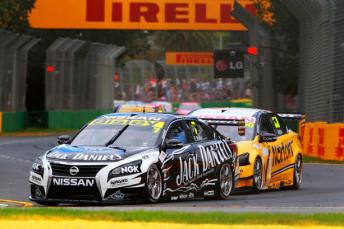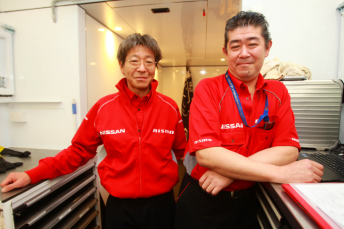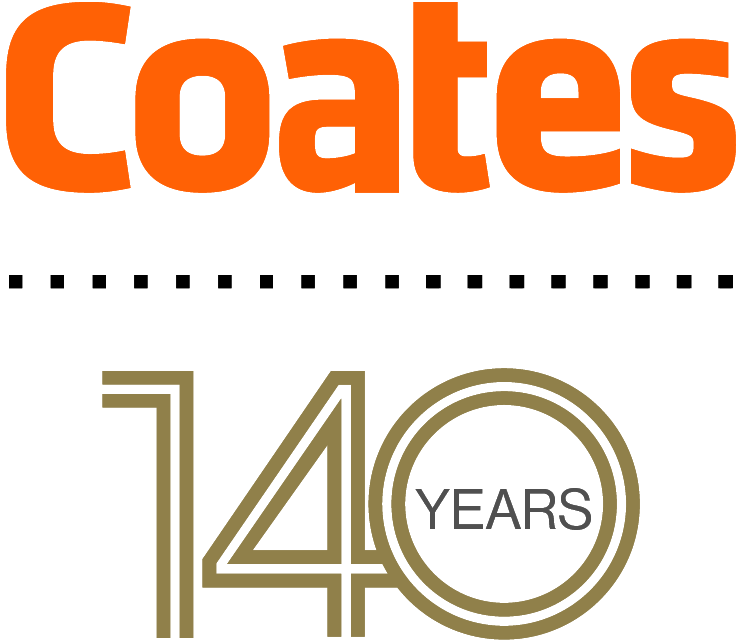

Two engineers direct from the heart of Nissan’s Japanese performance arm, Nismo, are currently in Australia working on engine upgrades that promise to have Nissan Motorsport contending for wins by mid-season.
The team’s four Altimas have come out of the blocks faster than many expected during the opening events of their debut season, highlighted by a fifth in Race 2 and seventh overall for James Moffat at Albert Park.
The early results have been achieved despite the Nissan’s VK56DE motors struggling for mid-range power against their pace-setting Holden and Ford rivals.
While team co-owner Todd Kelly and his squad’s engine department head, Ryan Webb, visited Nismo’s Tokyo headquarters in order to lock in the required block and cylinder head for the V8 Supercars program in February of 2012, the V8 Supercars-version of the GT1 World Championship winning engine has been designed in-house by the team in Braeside, Melbourne.
According to Kelly, the five-day visit by Nismo engineers Hiroyuki Nakajima and Hiroshi Takano is the first real performance push from Japan since the project started.
“We have spoken to them regularly with assembly issues and things like that, but we haven’t really been able to work with them closely and sink our teeth into the performance situation because we were just flat-out trying to get the cars and engines built,” Kelly told Speedcafe.com.
“Hopefully the five or so days the two guys are here will save us three months of brain storming to come up with our next stage of development.”

Due to the work-in-progress nature of the program, the team has been racing its four cars with engines in various specifications. Kelly hopes that the next stage of development should allow final homologation of various components, including the camshaft, to take place.
Much of the development set to occur in the coming months is expected to focus on areas such as the engine’s intake manifold/trumpets and exhaust packages – areas of relative freedom for all teams under the rules.
Fuel economy is said to remain “a bit of an issue, but not a big issue” after extensive dyno work between the Clipsal 500 – where the team lost significant pit time due to their poor economy – and Albert Park.
Embarrassingly, the Todd Kelly and Michael Caruso Altimas were two of eight cars excluded from Race 3 in Melbourne for running ignition timing outside the regulations – an issue Kelly described as an oversight following its recent testing work.
Regardless, the team’s ability to run inside the top 10 with its current package has Kelly confident that his squad will be pushing for wins by the middle of the year.
“With the expertise of the Nismo guys and knowing just how long it actually takes to implement new spec parts, if this engine is capable to getting to where our previous engine was, and it may not be yet, I’d like to think we could get that developed and in the car by mid-season,” he said.
“If we don’t have it right by then we’ll have to start having a good think about how we’re actually going to equalise the engines. But given that we’ve now got the peak power to within 10bhp of our previous engine, I’m confident we should be able to get the power curve a bit better and get the engine right.
“The car (chassis) is already on the pace, so if we can get the engine on the pace in six months we’ll be a contender. That would be a massive achievement given the 20 year head start that the other (Ford and Holden) engines have had.”
The second new engine on the V8 Supercars grid this season, the M159 seen in Erebus Motorsport’s Mercedes-Benz E63 AMGs, also remains down on power across its rev range.
The three-car outfit continues to work on sorting reliability and driveability issues while it waits for its first major upgrade package to come from Germany.
CLICK HERE for Speedcafe.com’s recent story on the development of the Mercedes




















